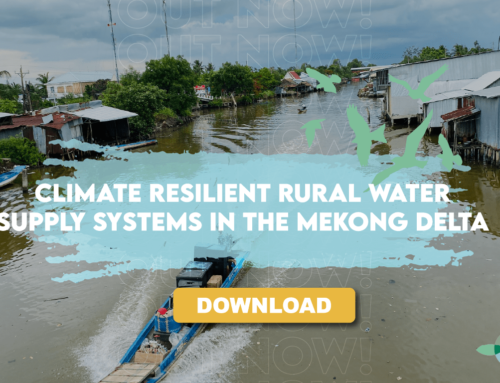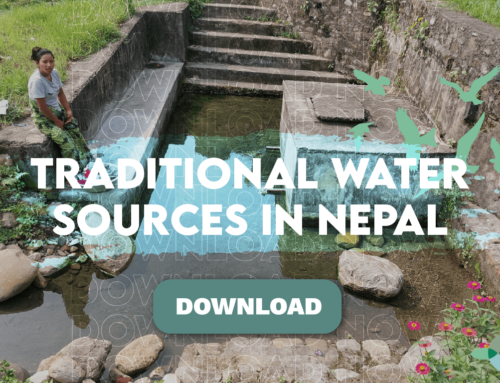Project Description
The Asia Pacific region is likely to experience significant adverse impacts from climate change. A wide range of challenges must be met, including urban and infrastructure planning, energy supply, food security, water supply and sanitation, ecological sustainability, and resilience of local communities. In response to these challenges, ICEM has developed an integrated approach to climate change adaptation and mitigation planning and implementation – the ICEM Climate Change Adaptation and Mitigation Methodology or CAM.
ICEM’s CAM has been developed specifically for the Asia-Pacific region and has been extensively tested and adjusted in ICEM projects. The methodology combines a range of tools developed by ICEM, based on international and regional best practice. CAM addresses the need for a flexible and integrated approach to adaptation and mitigation planning that can be tailored across all levels and systems.
> View more about ICEM’s climate change work
The ICEM CAM – Climate change adaptation and mitigation methodology is an integrated approach to climate change mitigation and adaptation planning developed by ICEM. The methodology has and continues to be developed and adapted to project and case specific needs. CAM is an overall conceptual approach that has been designed to integrate a wide range of tools and processes that can be applied at different levels and stages of climate change mitigation and adaptation planning. This CAM brief introduces the guiding principles and approach of CAM, and details the process with examples from work undertaken by ICEM for USAID, ADB, World Bank, bilateral and government climate change projects and for national, sector, river basin and infrastructure specific assessments. The CAM Infrastructure Guide describes a practical approach to integrating climate change into conventional infrastructure planning and implementation. The guide details the vulnerability assessment and adaptation planning process that are part of the ICEM Climate Change Adaptation and Mitigation Methodology (CAM). > View and download the Climate Change Adaptation Methodology (CAM): Infrastructure Guide > Rapid Climate Change Threat and Vulnerability Assessment for O Mon IV Power Station, Vietnam > Mekong Delta Bridges: Rapid Climate Change Vulnerability and Adaptation Assessment > Approaches to Building Climate Resilience in Rural Infrastructure in Northern Vietnam This CAM Natural System Guide is a key output of the ‘Basin-wide Climate Change Impact and Vulnerability Assessment for the Wetlands of the Lower Mekong Basin for Adaptation Planning’ project. It is a methodology and adaptation guidance for planners to ‘up-scale’ climate change assessments and adaptation response in specific cases to other wetlands of the same type. This guidance is also the first in a series developed by ICEM for the Mekong River Commission. It is intended to be a reference resource not a comprehensive manual which can be applied step-by-step for any climate change vulnerability assessments for natural systems. > View and download the Rapid climate change assessment for wetland biodiversity: Guidance This climate change vulnerability assessment is intended to support decision-making at the wetland level of administration and should be used to strengthen existing wetland management plans. The assessment is supported by three vulnerability assessment tools that can be downloaded with this report:Climate Change Adaptation & Mitigation (CAM): Report Series


Applications of CAM for Infrastructure:






